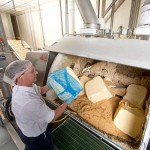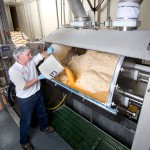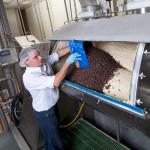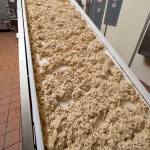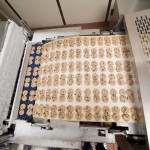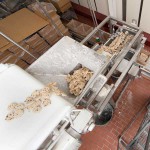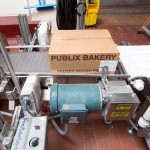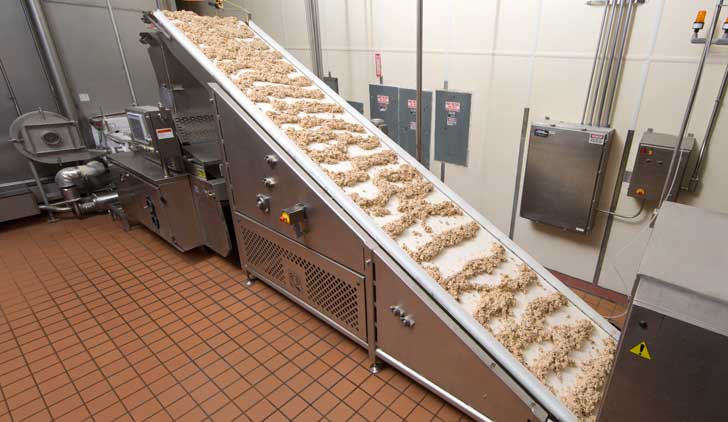
With more than 1,100 stores operating in six states, Publix is one of the largest grocery retailers in the country. But what you may not realize is we’re also in the manufacturing business. It takes the support of several manufacturing plants to provide a variety of fresh, quality products our customers deserve.
Publix opened its first manufacturing facility — the Lakeland bakery plant — in 1972, with 27 associates working across 25,000 square feet. Today, the plant is home to 500 associates, and the building now covers 225,000 square feet. The plant is divided into three main areas:
- ready-to-sell for items like cupcakes and muffins
- frozen, where products are mixed at the plant, frozen for transit and later baked in stores, and
- dry mix for bulk items.
“We had a very busy 2014, and we anticipate an even bigger 2015 and beyond,” said General Manager Gaye Pate. “Flexibility is key when it comes to growing the business.”
For example, retail associates have done a great job dynamically selling the buy-one-get-one-free bakery cookie promotions. Due to increased sales, the plant is installing a second cookie line this month to keep up with demand. And don’t expect the buzz to slow down — the research and development team is working on new cookie varieties to introduce later this year.
In fact, later this summer, a research and development area will open at the plant. It will be set up just like a retail bakery, so the bakery retail business unit can test products and equipment before they hit stores. But that’s not all — there are more sweet changes coming to the plant. A second line for breads and rolls has already been approved and will begin operating in early 2016.
What do our delicious cupcakes, famous deli chicken breading and produce snacks have in common? Our bakery plant in Lakeland, Florida, has a hand in all of them. Learn other interesting facts about this facility below.
Online Exclusive
Impress your friends with these fun facts about the Lakeland bakery plant.
The sweet stuff
- The bakery plant warehouse holds 580 raw materials and packaged items.
- Each day, the bakery plant receives up to 500,000 pounds of flour.
- The most-produced item at the plant is our bakery Italian bread. Other top items are our deli chicken breading, chocolate chip cookies, Chicago hard rolls and sugar cookies.
- The plant produces an average of 2,200 sugar cookies per minute, and each shift, 20 – 25 batches of cookies are made on each cookie line. Cookies are made in big batches and go through a machine that stamps raw dough into the right size and shape. The dough is frozen and shipped to stores, where they are thawed and baked fresh daily.
- Each batch of cookies is tested for quality purposes to make sure it’s mixed properly.
More than bakery items
- Components for our produce snacks are shipped to the bakery plant in bulk. Associates on four lines hand-pack each snack. There are currently 74 varieties of produce snacks available.
- The top-selling produce snack is our peanut butter pretzels.
- The breading for our deli fried chicken arrives in bulk, and a machine measures out the breading mix into smaller bags to ship to stores.
The personal touch
- While machinery automates several aspects of the manufacturing process, there are a few products that are still handled by associates. Each carrot on our carrot bar cakes is hand-decorated. And, our turnovers are filled with fruit and folded by hand.
- Associates rotate stations and responsibilities every 15 – 30 minutes to allow a fresh set of eyes — and hands — on the station.


